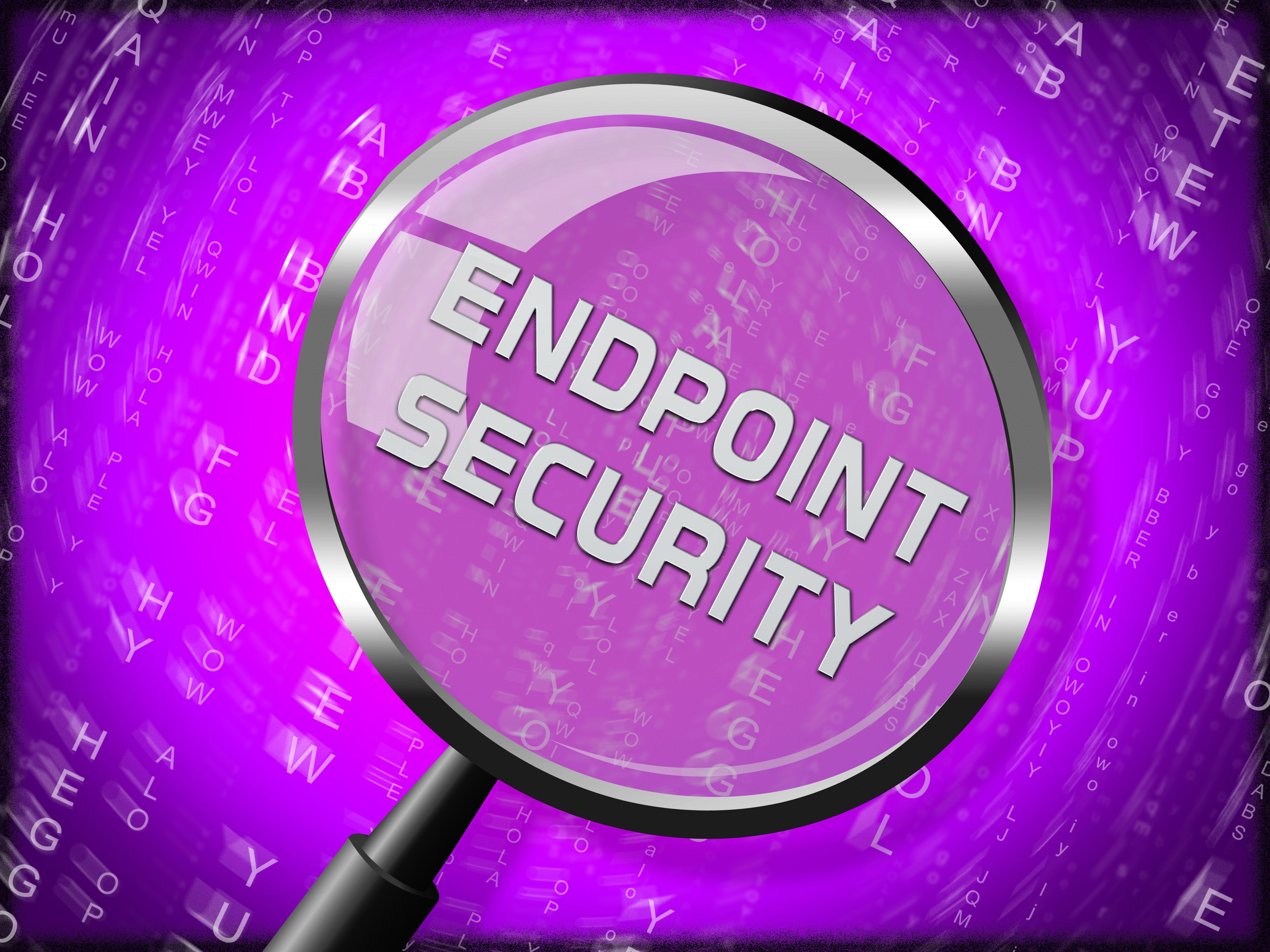Securing Business Endpoints: A Step-by-Step Guide for Companies
Understanding Business Endpoint Security
In today's digital landscape, securing business endpoints is more critical than ever. Protecting endpoints such as laptops, desktops, and mobile devices is essential to safeguard sensitive data and maintain operational continuity. Business endpoints are often the weakest link in the security chain, making them prime targets for cyberattacks. By implementing robust security measures, businesses can significantly reduce their risk of data breaches and enhance their overall cybersecurity posture.

Assessing Your Current Security Posture
The first step in securing business endpoints is to evaluate your current security measures. Conduct a thorough audit of all devices and systems used within your organization. Identify potential vulnerabilities and assess the effectiveness of existing security protocols. This assessment will serve as a foundation for developing a comprehensive endpoint security strategy that addresses specific needs and risks.
Implementing Strong Authentication Methods
One of the most effective ways to secure endpoints is by implementing strong authentication measures. Encourage the use of multi-factor authentication (MFA) across all devices and accounts. MFA adds an extra layer of security by requiring users to provide two or more verification factors to gain access. This greatly reduces the risk of unauthorized access, even if passwords are compromised.

Regular Software Updates and Patch Management
Keeping software up to date is crucial for protecting endpoints from vulnerabilities. Ensure that all operating systems, applications, and security software are regularly updated with the latest patches. Automated patch management solutions can simplify this process, ensuring that updates are applied promptly without disrupting business operations.
Deploying Endpoint Protection Solutions
Invest in reliable endpoint protection solutions that offer comprehensive security features such as antivirus, anti-malware, and firewall protection. These tools help detect and block potential threats before they can compromise your systems. Additionally, consider implementing endpoint detection and response or managed detection and response (EDR/MDR) solutions to monitor and respond to suspicious activities in real-time.

Training Employees on Security Best Practices
Your employees play a critical role in maintaining endpoint security. Provide regular training sessions to educate them about the latest cyber threats and best practices for safeguarding sensitive information. Topics should include recognizing phishing attempts, creating strong passwords, and securely handling company data.
- Recognize and report suspicious emails.
- Create strong, unique passwords for each account.
- Avoid using public Wi-Fi for accessing sensitive information.
Implementing Data Encryption
Data encryption is a vital component of endpoint security. Encrypt sensitive data both at rest and in transit to protect it from unauthorized access. This ensures that even if data is intercepted or compromised, it remains unreadable and secure from potential threats.
Regularly Reviewing and Updating Security Policies
Finally, regularly review and update your organization's security policies to ensure they remain relevant and effective against evolving threats. This includes revisiting your endpoint security strategy, updating employee training programs, and evaluating the performance of security tools and solutions.

By following these steps, companies can strengthen their endpoint security measures, protecting their valuable assets from cyber threats. A proactive approach to endpoint security not only mitigates risks but also fosters trust among clients and partners, ultimately contributing to business success.
